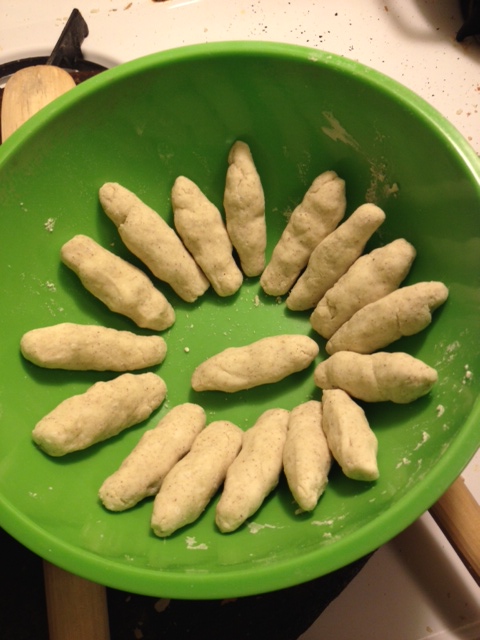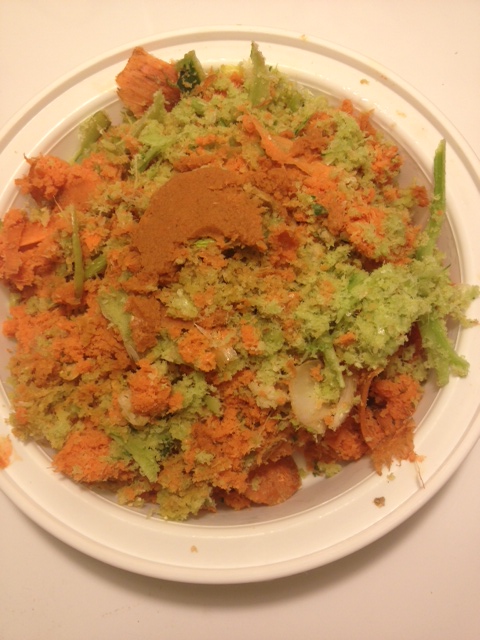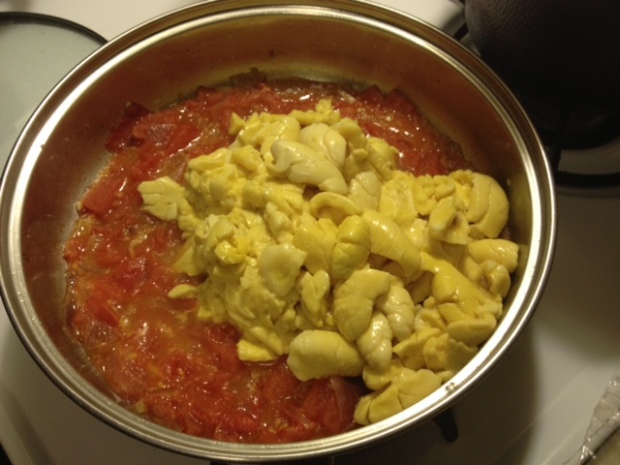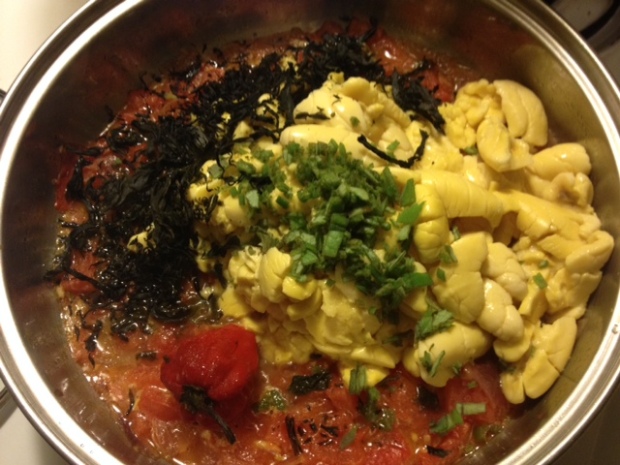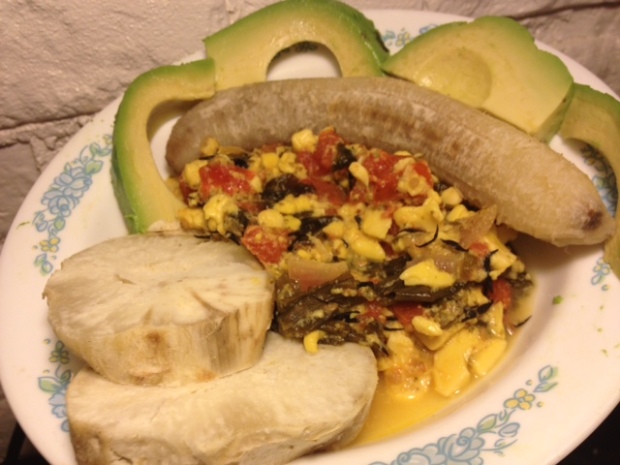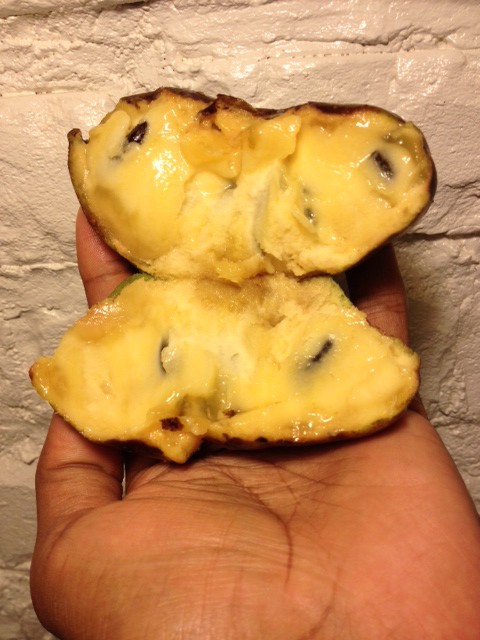There are a few foods that I have become more open to ever since becoming vegan and sauerkraut is one of them. To assist the development of my kitchen skills I took a class a few years ago where among other things we were taught how to make it and I then learned that what I disliked about sauerkraut wasn’t the dish as a whole, but rather the certain spice commonly used in it in Germany and other European countries where making it is like second nature. That spice is caraway (also commonly used in rye bread and which thus is also not on my list of favourite eats) and now omitting it from my mix, I find the dish to be quite yummy.
I think when most people hear the word “pickle” their first thoughts are of cucumbers but “pickle” is also a verb. So, “pickles” are pickled cucumbers and sauerkraut is pickled cabbage; whereas they are made the same way, their taste isn’t that much different. Also because of how they are made, they both have health benefits mostly in the form of assisting digestion.
There are 3 general ways of pickling – brine method (water + salt), vinegar method, or self-contained juice extraction method. This recipe is for the latter-most:
2 pounds shredded cabbage (if you don’t already have one, a food processor would be a good investment for this, otherwise you will be doing alot of chopping and/or grating).
4 garlic cloves diced
1 apple peeled and shredded
1 TBS sea salt
Toss everything into a bowl and mix well. The salt will induce the juice extraction but to speed up the process squeeze the mixture in your hand for a few minutes. Squeeze it very hard too with all your wrist strength. Once you start to see juices flow out your hand when you squeeze it is ready to go into the pickling vessel which can be just about any ceramic, glass, or plastic (recommended in that order) container. I used my crockpot. After putting the mix into it, it needs to be double-covered – one cover to make sure the mixture remains submerged in it’s fluid and another to keep fruit flies out. For the first cover, some sort of weight is usually used. My method was to take 2 gallon size ziplock bags, place one on the mixture and fill the other with rice and put that on top.

(forgot to get photo with the rice in there; oops)

The 2nd cover can be just whatever lid the container came with. Now just put it somewhere for one week and then it’s ready. If your container is not opaque, make sure the somewhere you put it is dark. Here is the final look:

Place into jars and refrigerate. I took this batch to a potluck recently and some of the attendees weren’t as willing to try it; I think also because of the caraway issue because I got compliments on it from everyone who did.

